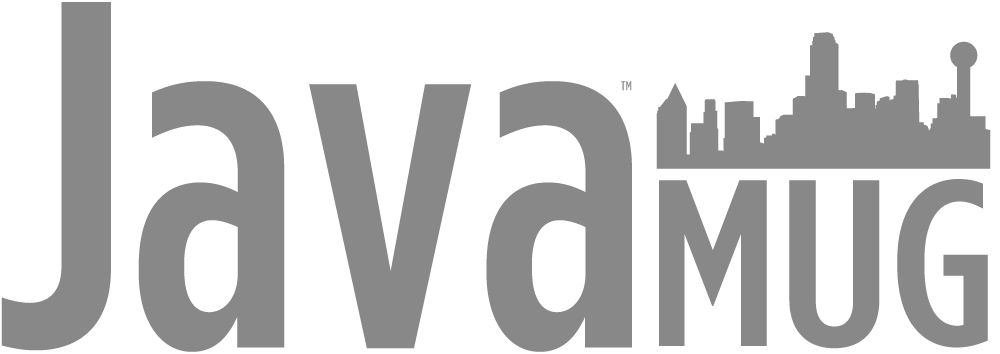Streaming Data with Apache Kafka
When it comes time to choose a distributed messaging system, everyone knows the answer: Apache Kafka. But how about when you’re on the hook to choose a world-class, horizontally scalable stream data processing system? When you need not just publish and subscribe messaging, but also long-term storage, a flexible integration framework, and a means of deploying real-time stream processing applications at scale without having to integrate a number of different pieces of infrastructure yourself? The answer is still Apache Kafka.
In this talk, we’ll make a rapid-fire review of the breadth of Kafka as a streaming data platform. We’ll look at its internal architecture, including how it partitions messaging workloads in a fault-tolerant way. We’ll learn how it provides message durability. We’ll look at its approach to pub/sub messaging. We’ll even take a peek at how Kafka Connect provides code-free, scalable, fault-tolerant integration, and how the Streams API provides a complete framework for computation over all the streaming data in your cluster.
Processing Streaming Data with KSQL
Apache Kafka is a de facto standard streaming data processing platform, being widely deployed as a messaging system, and having a robust data integration framework (Kafka Connect) and stream processing API (Kafka Streams) to meet the needs that common attend real-time message processing. But there’s more!
Kafka now offers KSQL, a declarative, SQL-like stream processing language that lets you define powerful stream-processing applications easily. What once took some moderately sophisticated Java code can now be done at the command line with a familiar and eminently approachable syntax. Come to this talk for an overview of KSQL with live coding on live streaming data.
